You might also like
-
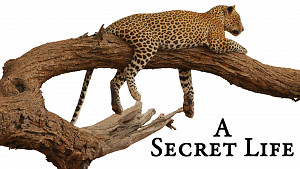 A Secret Life : 2
A Secret Life : 2
At Londolozi Game Reserve they experience a close interrelationship with the animals and this is the window which allows them into the secret life of the magnificent Leopard Lula.
-
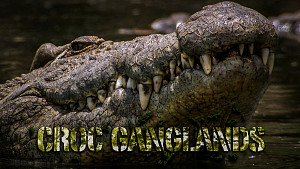 Croc Ganglands
Croc Ganglands
In a land reduced to sand and water, every day is a struggle for survival. But one creature has conquered these two elements: crocodiles have learned to thrive.
-
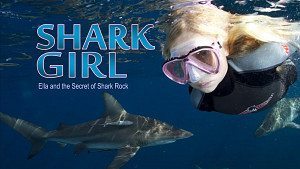 Shark Girl: Ella and the secret of shark rock
Shark Girl: Ella and the secret of shark rock
This is the story of Ella Addison, an extraordinary 12-year-old girl who swims with sharks. It is a family tradition. But something strange is happening around her Shark Rock playground. Blacktip sharks are multiplying, and tiger sharks are disappearing. Curious by nature, Ella starts a school project to solve this mystery. Usually, blacktips migrate to Shark Rock for the sardine run and then move on. But in recent years, they are staying put, which means tiger sharks are being forced out. So, where do the blacktips come from? Jessica Escobar, a feisty Columbian marine biologist, doing her doctoral thesis on blacktips, and Ella makes a formidable team. While Jessica compiles and analysis the genetic information, Ella compiles a visual diary of her dives on Shark Rock to present to her school.
-
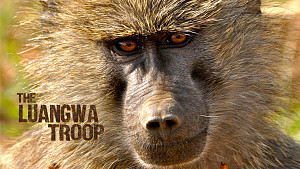 The Luangwa Troop
The Luangwa Troop
Life is hard for inhabitants of Luangwa valley during the dry season with intense competition for food and water supplies dangerously low as well as outwitting their predators.
-
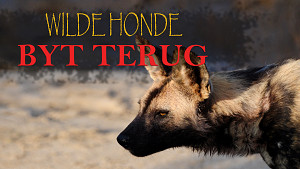 Wildehonde Byt Terug
Wildehonde Byt Terug
‘n Boeiende blik na ‘n trop van wildehonde, vanaf die geboorte van ‘n werpsel tot grootword, jag, speel en interaksie met mekaar. Die teenspoed en trofeë van ontmoetings met roofdiere en prooi in die Afrika bosveld.
-
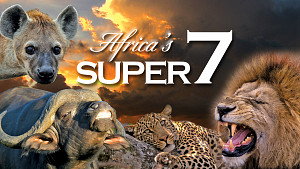 Africa's Super Seven
Africa's Super Seven
On the northern bank of the Sand River in the Mala-Mala Game Reserve in South Africa, seven magnificent creatures reside in an area the size of Manhattan island. Over the next 24-hours, we’ll witness the Buffalo as a formidable, tough character that relies on teamwork to stay alive. The Lions’ strength lies in his physique and their tendency to hang together, while the Cheetah is the king of speed. The Rhino is an armoured knight that won’t back down. The Leopard relies on stealth and stays out of the way of its nemesis, the Hyena, who takes every opportunity as the master scavenger. The Elephant is the gentle giant that can and does rely on brute force when threatened.
-
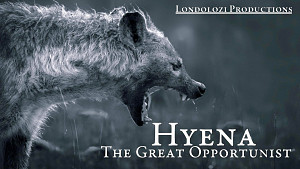 Hyena: The great opportunist
Hyena: The great opportunist
Hyena: the great opportunist looks at this super predator's social life and hunting ways and explains why they have often been so wrongly perceived. The Spotted Hyena has managed to hold its own amongst a savage world of competitive predators- but how does it achieve such a high status? The answer lies in its adaptability, family structure, physiology, and opportunistic behaviour. Second, only to the lion, the hyena dominates all other predators out on the African plains- obtaining meat while the opportunity exists is this bear-like scavenger's top priority.
-
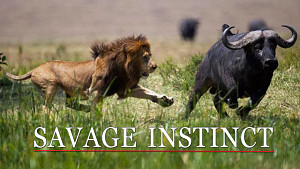 Savage Instinct
Savage Instinct
The complex dynamics between predator and prey are carefully examined through the use of modern technology. Prey are constantly finding new ways to avoid being eaten by predators it is thus crucial for the predators survival that he too finds mechanisms to outsmart his prey- it's an ever-evolving world on the African Savannah. This show examines this evolutionary process - are predators today fitter, faster and stronger than their predecessors? What gives one animal the edge over another? And how much of the animals behavior is instinctive and how much is learnt? It's a fine balance out on the Savannah grasslands- a world that demands the very best from predator and prey.
-
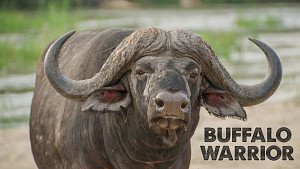 Buffalo Warrior
Buffalo Warrior
Reputed as one of Africa's deadliest animals, buffalo are one of the fiercest and most powerful members of the Big 5. Their volatile tempers and tendency to charge and gore their opponents with their enormous horns ensures that few predators will take them on. Even lions, Africa's most notorious predators, scatter before their hooves! But there is a greater threat than predators facing the buffalo herds.... Two years ago they might have gored him; now they eat out of his hands. Lindsay Hunt has wound his way deep into the buffalo world, to earn the trust of one of Africa's most fearsome beasts. In the face of devastating disease epidemics, he has devoted his life to fighting for the buffalo on every front. Lindsay Hunt is the 'Buffalo Warrior.'
-
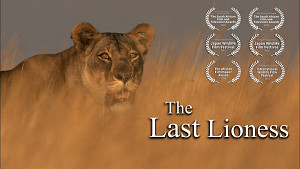 The Last Lioness
The Last Lioness
A haunting call echoes across the Liuwa Plain. There is no answer, there hasn't been for years. She has no pride, no support - she alone must safeguard her own survival. Her name is Lady Liuwa, and she is the Last Lioness.
-
 Rivers of Giants
Rivers of Giants
Africa is a land of giants. Its mighty rivers sculpt the earth and form impressive valleys and waterways home to many imposing and powerful inhabitants. These are the rivers where massive elephants and hippos live, feed and drink, and ancient crocodiles hunt and breed. They share the rivers with porcupines, the martial eagle, and the leopard.
-
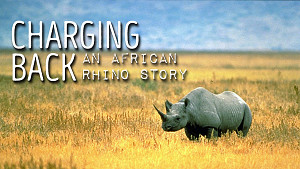 Charging Back: An African Rhino Story
Charging Back: An African Rhino Story
Charging Back is a dramatic and powerful mystery of the African rhinos' fight for survival.
-
 Predators in Peril
Predators in Peril
Set in the vast expanse of South Africa's Mala Mala game reserve, a host of Africa's biggest and fiercest wildlife species compete for food, mates and territory against the backdrop of a harsh dry season.
-
 The Mating Game
The Mating Game
Fascinating mating and courting rituals and the ongoing struggle for survival on the African Savannahs.
-
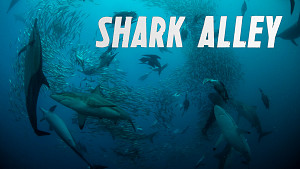 Shark Alley
Shark Alley
The annual sardine migration up the eastern coast of South Africa creates a moving feast of billions of tiny fish for one of the most diverse shark populations on the planet.
-
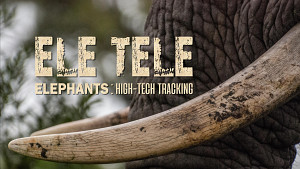 Ele Tele
Ele Tele
Ele Tele is a 52-minute film that will give viewers an elephant's eye view of the Kruger National Park in South Africa. Using a specially constructed camera and microphone rig attached to the elephant matriarch named Ellie, the film crew and scientists capture every event in the life of a family of elephants.
-
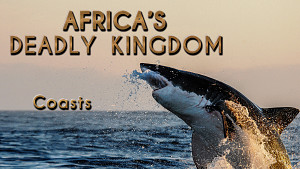 Africa's Deadly Kingdom: Coastlines
Africa's Deadly Kingdom: Coastlines
Africa's Deadly Kingdom delves deep into the complex lives of the continent's most remarkable species and their never-ending struggles to survive.
-
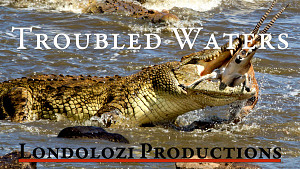 Troubled Water
Troubled Water
The Rivers of Africa shape the lives of those who call their banks home- in the African wilderness, there can be no life without water. The continents rivers are the focal point of the dramas of the bushveld- the same river that gives life also harbours death. For the many creatures that live along Africa's rivers - the need to quench their thirst is an essential part of their lives- but rivers such as the Mara in Kenya are a barrier for animals where death comes in many guises- but each animal has their way of navigating these treacherous waters.
-
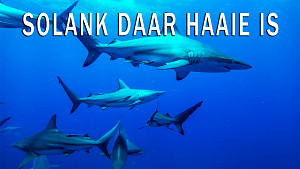 Solank Daar Haaie Is
Solank Daar Haaie Is
Twee gewone mans met 'n buitengewone passie vir avontuur en vir haaie! Hul vriende dink hulle is 'n bietjie mal - maar hul vennootskap het van die mooiste onderwaterbeelde opgelewer wat al gesien is.
-
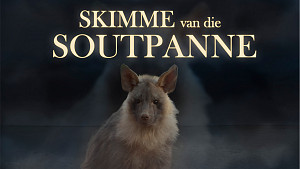 Skimme van die soutpanne
Skimme van die soutpanne
‘n Een uur spesiale program oor die stryd van oorlewing vir ‘n bruin hyena ma en haar kleintjies in Botswana se verlate sout panne in die Makgadikgadi – ‘n unieke ekosisteem van ontneming en oorvloed, gesien deur die oë van twee jong navorsers in hulle soektog om hierdie vergete Eden te red van die invloed van die mens.